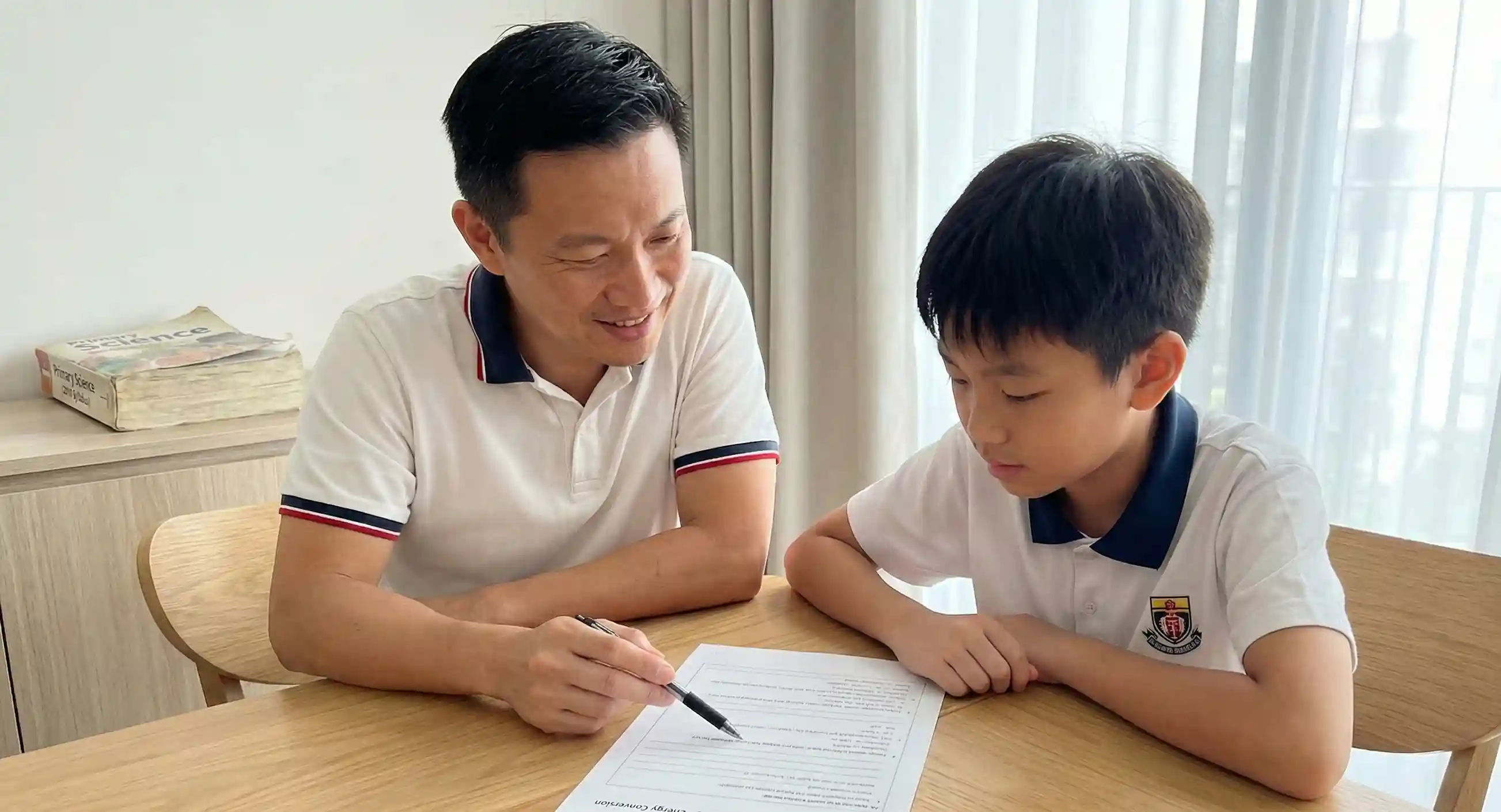Creating to-do lists to master time management

Everybody has 24 hours in a day, and yet some of them manage to accomplish more in a day than others. How do they do that? These achievers have one little secret - a to-do list. Your child too, can learn this skill and find out how they can handle study schedules, hobbies, and more and complete them in time effectively. There are many advantages when it comes to to-do lists. Children can get things done, learn to prioritise, and take responsibility. They learn how to be independent and juggle important tasks with fun activities. Let’s see how we can use to-do lists to help your child master time management.
How to start using to-do lists
When introducing a new activity to your child, it’s best to keep it simple by starting with the basics. Explain that a to-do list is simply a way to help them complete a set of activities within a specific timeframe.
For a start, sit down with your child and come up with a list of things to do for a short period, perhaps for a weekend morning. Pen down a few activities your family usually does on weekends, such as going to the supermarket, doing worksheets, or tidying their bedroom. Remember to actively involve your child in these discussions and ask them for suggestions too!
Make sure to check off each task after it has been completed. As an incentive, you can give your child their favourite treat or reward when everything on the to-do list has been checked off. Thereafter, you can gradually introduce daily, weekly, or even monthly to-do lists that cover a wider range of activities for your child to work on.
Techniques for creating to-do lists
There are two basic principles for creating to-do lists, and they work equally well for both children and adults. The first principle is to prioritise, and the second principle is to divide bigger tasks into smaller ones.
When making a to-do list with your child, emphasise those that are both urgent and important, such as finishing the day's homework, as it’s something your child has to complete within a given period, which is the day itself.
Dividing bigger tasks into smaller ones makes them less intimidating and more manageable. A prime example would be to take a subject and divide it into digestible sections. By breaking the subject down into smaller portions, its entirety can be better covered and revised before your child’s exams.
The next step is to divide your child’s day into blocks of time. It could be 30 or 60-minute blocks, or any other preferred durations of your choice. Assign the chosen tasks on your child’s to-do list to these blocks, but keep in mind that you should vary them to break the monotony. For instance, an hour of Maths revision can be followed by half an hour of exercise, or a breaktime.
Another tip here is to plan ahead and combine activities. Let’s say one of the tasks is a grocery run to the supermarket and another is tennis practice. These can be carried out one after another if the locations are close together!
Don’t let your child feel discouraged if some of the tasks on their to-do list are incomplete. There’s always room for them to improve and grow. Together, you and your child can learn from the activities left undone. If more time is required, just make sure you give them more time for their next to-do list.
Finally, remember to check off completed tasks. Doing this gives your child a sense of accomplishment! It makes them eager to continue the subsequent activities and complete the entire list.
The ABC method of creating to-do lists
Alan Lakein, a time management author and expert, published a book in the 1970s that taught readers how to manage their time effectively, to in turn master their lives. In his line of profession, he developed the ABC method which consists of assigning priority statuses to each item in one’s to-do lists, which is a great way to help create better to-do lists with your child.
Tasks marked ‘A’ are the most important, with tight deadlines. Those marked ‘B’ are medium priority and will become urgent if not handled soon. Those marked ‘C’ are lowest in priority - they shouldn’t be overlooked just because they’re the least important, but they should be tended to after paying attention to the others on the to-do list.
To incorporate this method into your child’s to-do lists, you can sit down with them and list out all the tasks that need to be done. Then, use three different coloured crayons or markers to divide those tasks into A, B, and C priority statuses. Afterwards, assign them into the time blocks you have established previously.
When and how to create to-do lists
It’s a good idea for you and your child to create to-do lists for the coming week on Sunday evenings. Daily plans can be considered every weeknight for the following day, depending on your child’s pace and progress.
These lists can be created on colourful charts to be pinned up in your child’s bedroom. You can even use photographs and fun diagrams to make it more appealing to them! Otherwise, you may also consider digital methods to create lists, such as Google Tasks.
When you help your child develop a healthy habit of creating and following to-do lists, it will help to boost their motivation and productivity. This practice will pay off for years to come - and the best time to start is now!


 SG
SG  VN
VN 



















